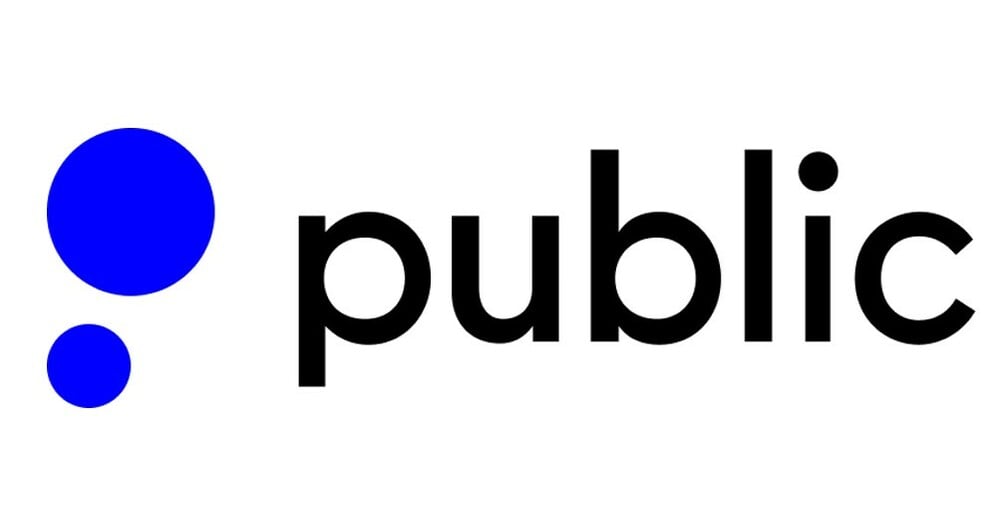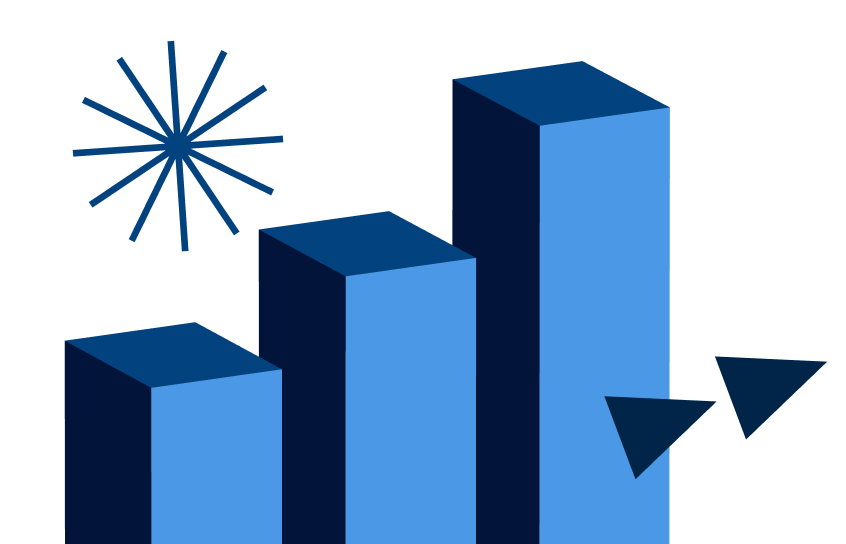High-Yield Bonds: Types, What to Know before Investing
High-yield bonds offer better interest rates than investment-grade bonds, but they also carry additional risk.

Many, or all, of the products featured on this page are from our advertising partners who compensate us when you take certain actions on our website or click to take an action on their website. However, this does not influence our evaluations. Our opinions are our own. Here is a list of our partners and here's how we make money.
The investing information provided on this page is for educational purposes only. NerdWallet, Inc. does not offer advisory or brokerage services, nor does it recommend or advise investors to buy or sell particular stocks, securities or other investments.
High-yield bond definition
High-yield bonds, also called “junk bonds” or “non-investment grade bonds,” are debt obligations that companies issue to raise capital. They generally offer higher interest rates than investment-grade corporate or government bonds because their risk of default is higher.
As with any bond, investors effectively lend money to the firm issuing the bond, and in exchange they receive regular interest payments. However, the scheduled interest payments and return of principal are not guaranteed. There is always a risk the company may not be able to make its payments on time. High-yield bonds have a higher risk of this default, which is why they must offer higher interest rates to raise the capital.
Understanding high-yield bonds
High-yield bonds all share two main characteristics:
Coupon rate: This is the annual interest rate the issuer pays the bondholder.
Maturity: This is the date on which the issuer returns the original principal to the bondholder.
Most high-yield bonds are issued in $1,000 increments and have maturities of seven to 10 years.
Some bonds have floating interest rates, meaning the rate changes based on market conditions.
There are also “zero-coupon” bonds, which don’t make interest payments but are offered at a steep discount.
High-yield bonds may also have call provisions, which allow the issuer to buy the bond back from investors before it matures. The issuer may call the bond if market interest rates have dropped since the bond issue and the issuer thinks it can borrow at a lower interest rate.
High-yield bonds and credit ratings
Bond issuers must get a rating from a credit agency such as Moody’s, Standard & Poor’s or Fitch. These agencies review each company’s finances to determine their creditworthiness, and they assign a rating. Companies in good financial standing typically get an “investment grade” rating from these agencies. Investment-grade corporate bonds generally carry lower risk due to an established history of meeting their debt obligations on time.
Investment-grade bond ratings | |||
Moody's | Standard & Poor's | Fitch | What the grade means |
Aaa. | AAA. | AAA. | Highest quality, minimal risk. |
Aa. | AA. | AA. | High quality, very low risk. |
A. | A. | A. | High/Medium quality, low credit risk. |
Baa. | BBB. | BBB. | Medium grade, moderate credit risk. |
Non-investment-grade bond ratings | |||
Moody's | Standard & Poor's | Fitch | What the grade means |
Ba. | BB. | BB. | Substantial credit risk. |
B. | B. | B. | High credit risk. |
Caa. | CCC. | CCC. | Low quality, very high credit risk. |
Ca. | CC. | CC. | In or near default, some prospect of recovery. |
C. | C. | C. | Moody's lowest rating, typically in default with little prospect of recovery. |
C. | D. | D. | In default, also used when bankruptcy has been filed. |
New companies without an established history and companies in poor financial standing typically receive a “non-investment grade” rating. To compensate for the higher risk of default involved, these bond issuers must offer a higher coupon rate in order to attract investors.
Who issues high-yield bonds?
Firms that issue bonds are often:
Raising capital for growth, expansion, debt restructuring or other cash-flow needs to operate the business.
Operating in any business sector.
Shouldering a high debt load.
A high debt load is one reason that an issuer might get a non-investment-grade rating from credit agencies. There are a few different reasons a company might have a large amount of debt:
Fallen angels are companies that were investment grade at one point but were downgraded. Fallen angels usually have experienced difficulty meeting their debt obligations due to adverse economic conditions, and many of them issue high-yield bonds in an attempt to reestablish their investment-grade rating. It is not uncommon for fallen angels to carry an investment-grade rating from one credit agency and a non-investment-grade rating from another. Bonds with varying credit ratings are often referred to as split-rated or crossover.
Startup companies may not have an established history of meeting their debt obligations in a timely manner. Many new companies take on more debt as they need capital to grow.
Companies that have declared bankruptcy may offer high-yield bonds in order to raise capital to finance a bankruptcy exit.
Buyouts occur when one company acquires another. Buyers often borrow the money to make the acquisition; these transactions are called leveraged buyouts. In an LBO, the debt will affect the buyer’s balance sheet and credit rating. Thus, many high-yield bonds are in the LBO space.
» Learn more: How bond ladders work
Pros and cons of high-yield bonds
Relatively high interest rates.
Relatively high risk of default.
Advantages and disadvantages of high-yield bonds
The biggest advantage of investing in high-yield bonds is that they pay higher interest rates than investment-grade corporate bonds and government bonds. This may be attractive to investors looking for higher returns and a way to outpace inflation.
However, high-yield bonds have a relatively high risk of default, meaning the investor may not receive their expected interest payments or their original principal.
Ways to invest in high-yield bonds
You can purchase high-yield bonds directly from the issuer, but another way to get high-yield bonds in your portfolio is by investing in a high-yield exchange-traded or mutual fund. This way, you purchase a portion of a pool of high-yield bonds, and the diversification can spread the risk out. Purchasing an ETF or mutual fund in the high-yield space may cost less than buying individual high-yield bonds in blocks of $1,000 per bond.
If you’re unsure whether investing in high-yield bonds is the best choice for your portfolio, speaking with your financial advisor can help guide your decision. If you’re interested in getting started, make sure you’ve done your due diligence and that you understand the terms and conditions of any bond or fund before investing.
NerdWallet rating 4.8 /5 | NerdWallet rating 4.6 /5 | NerdWallet rating 4.6 /5 |
Fees $0 per online equity trade | Fees $0 | Fees 0% - 4% varies by type of transaction; other fees may apply |
Account minimum $0 | Account minimum $0 | Account minimum $0 |
Promotion None no promotion available at this time | Promotion Earn a 1% uncapped match when you transfer your investment portfolio to Public. | Promotion None no promotion available at this time |
Are high-yield bonds a good investment?
As with any investment, whether high-yield bonds are right for you will depend on your personal risk tolerance, your investment timeline and the balance of your existing investment portfolio. Bonds are often viewed as conservative investments, but high-yield bonds are riskier. Considering your asset allocation can help you decide if including high-yield bonds is right for you.
ON THIS PAGE
ON THIS PAGE





